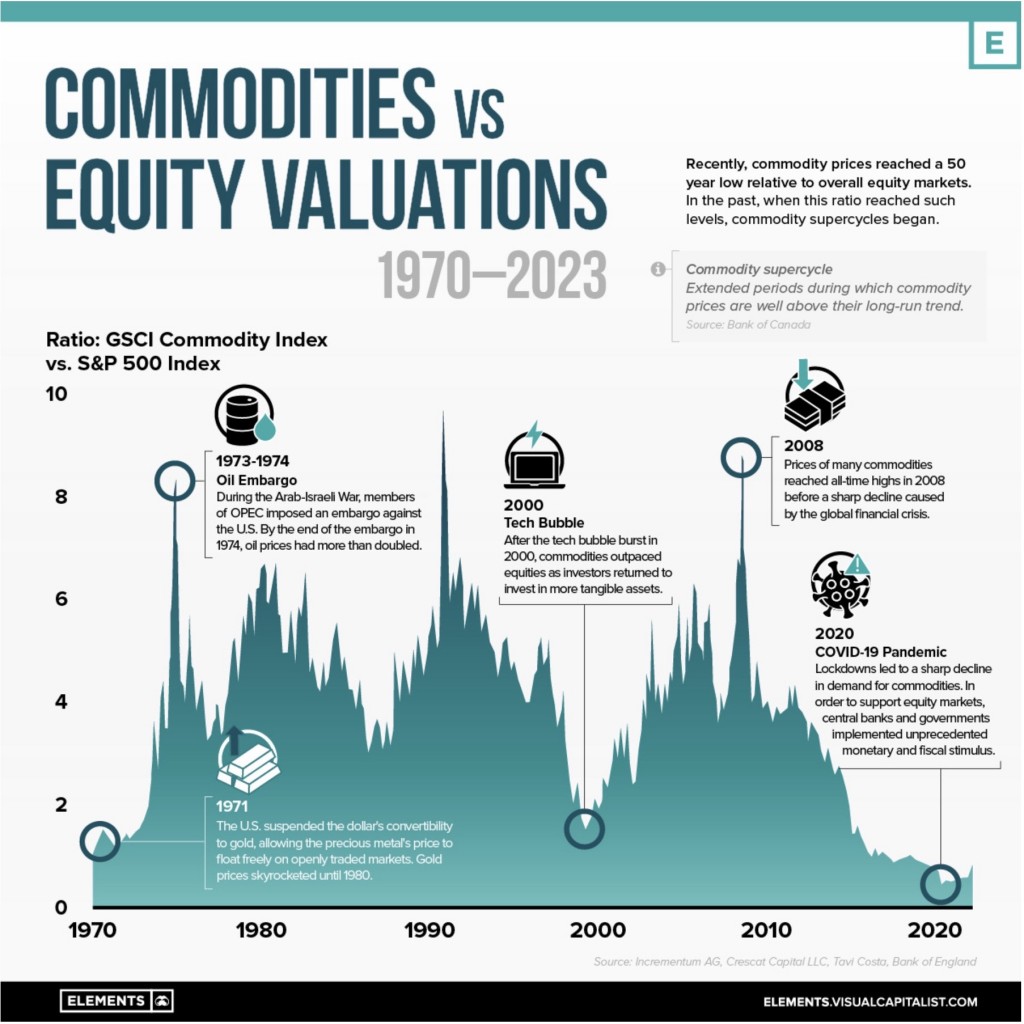Even before the Biden Administration announced the “most aggressive” plan to curb tailpipe emissions to date with new vehicle pollution standards proposed by the Environmental Protection Agency (EPA) last month, automotive OEMs and Tier 1 suppliers were facing difficulties getting both the parts and raw materials needed for their electric vehicle (EV) components.
The newly proposed rules requiring automakers to reduce carbon emissions by 56% in their 2032 models compared to 2026 models will only add fuel to the fire at a time when geopolitical and trade tensions between the United States and our allies on one hand, and China on the other are soaring.
Recent policy developments, such as the Biden Administration’s invoking of the Defense Production Act (DPA) for the five “battery criticals” — graphite, lithium, cobalt, nickel and manganese – as well as the rare earths, declared DPA priority materials during the Trump Administration, plus the passage of the Inflation Reduction Act (IRA), the energy provisions of which contained EV tax credits observers said would send important signals to investors and industry that the U.S. was serious about domestic supply chains, have provided hope for a positive change, but, as ARPN pointed out recently, “after decades of dwindling domestic resource production and rising import reliance, no one ever said turning an aircraft carrier this size would be easy.”
Lithium has, to an extent, become the poster child of the push to strengthen EV battery supply chains – after all, it’s mostly “Lithium-ion” batteries we’re talking about. Concerns are certainly well-founded with material shortages for lithium predicted to hit in just a few short years, but a recent Autoweek story and interview with Graphex Technologies CEO John DeMaio outlines “another serious material issue on the horizon: graphite sourcing.”
As ARPN has previously argued, while much of the focus has been on the cathode of the EV battery, the anode warrants a close look, and may in fact be our “Achilles heel when it comes to building out a battery supply chain independent of China.”
DeMaio explains:
“As far as the percentage of the components in a battery cell, almost the entire anode is graphite. So that makes graphite about 45% of the individual cell.
On a total component basis for an EV battery, graphite is about 25% to 28% of the whole thing. It’s by far the largest component by volume and mass in the battery. And people don’t realize that a lithium-ion battery is sometimes up to 15 times more graphite than lithium. It’s really the unsung player.”
While to date, the supply chain for this “unsung player” is quite firmly dominated by China, the sourcing provisions in the energy passages of the recently passed Inflation Reduction Act (IRA), coupled with the recently announced grants to “supercharge” U.S. EV battery and electric grid supply chains are important steps towards mitigating that potential single point of failure.
Projects currently underway are expected to qualify for the IRA credits, and ultimately help “domesticate” the graphite supply chain, including Graphex’s pitch coating facility coming online in Michigan, and Graphite One, Inc.’s cooperation with two U.S. national laboratories under the Department of Energy umbrella in an effort to establish an all-American mine-to-manufacturing supply chain. Graphite One, Inc.’s Graphite Creek deposit near Nome, Alaska was recently recognized by the U.S. Geological Survey as the largest U.S. graphite deposit and among the largest in the world.
As DeMaio points out, it’s a “herculean task at hand” because “the United States (…) is so intertwined with China that it’s a little impractical to think we’re going to extract ourselves overnight.”
The challenge becomes even bigger if one considers that, as scholars at the Wilson Center’s Environmental Change and Security Center have argued “the Biden administration’s efforts to free up federal funds for domestic mining activities has highlighted the inherent conflict between accessing the minerals needed for climate action and the administration’s commitment to environmental and social justice.”
However herculean the task may be, it is one we cannot shy away from because as ARPN has previously pointed out, lofty goals of net carbon neutrality – and that includes the just-released proposed EPA emission standards – will not be achievable if we don’t embrace a push to secure critical mineral supply chains from “soup to nuts” to borrow a term used by Energy Secretary Jennifer Granholm.
All of which brings us back to what we have noted often at ARPN — the first word in supply chain is… supply.





